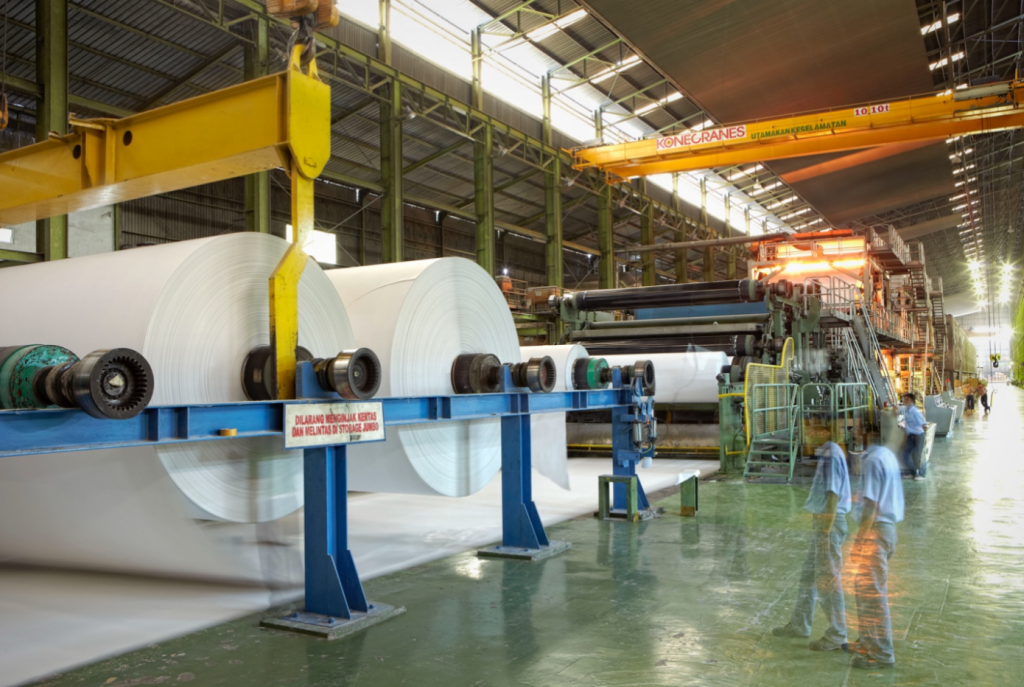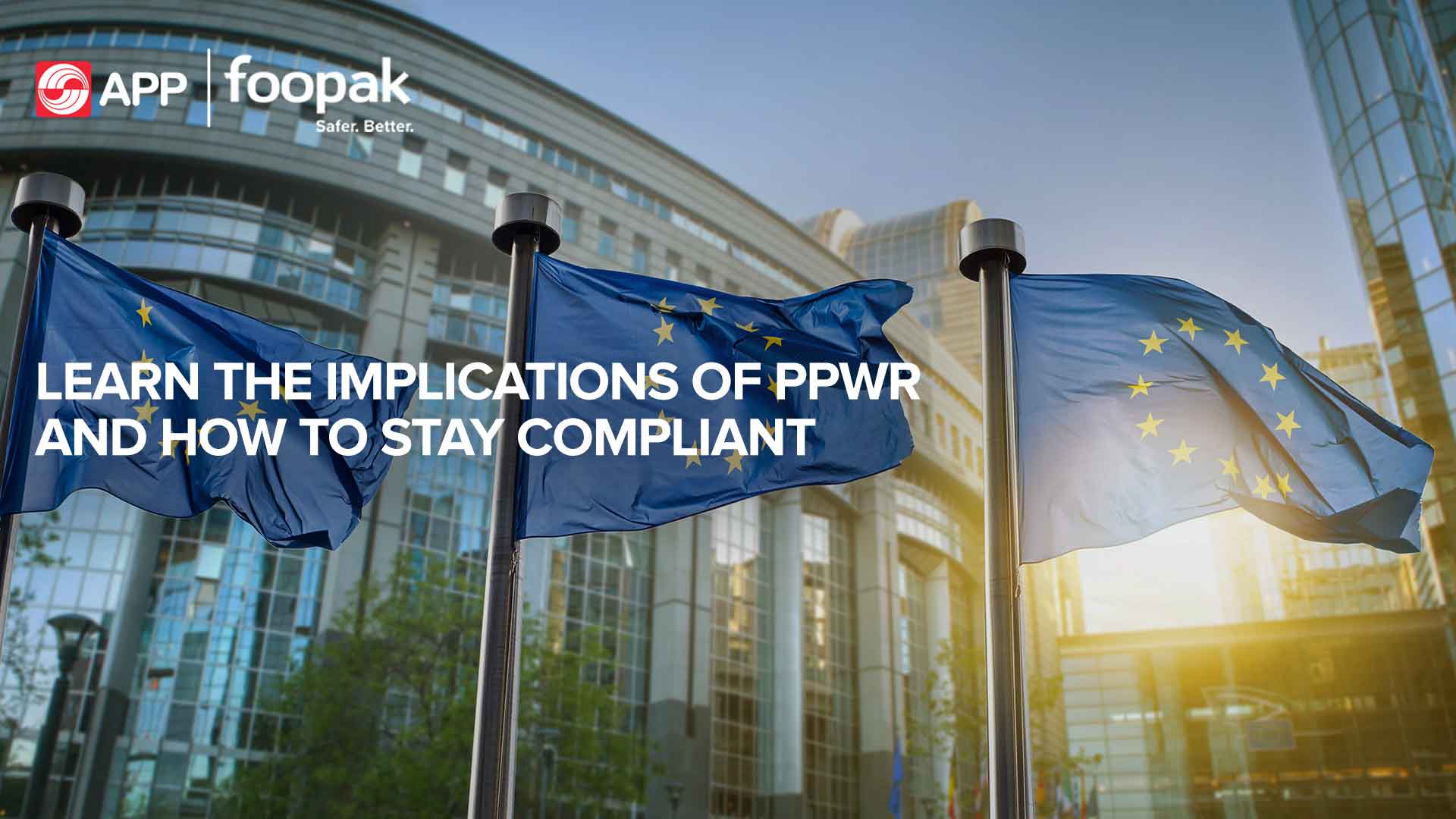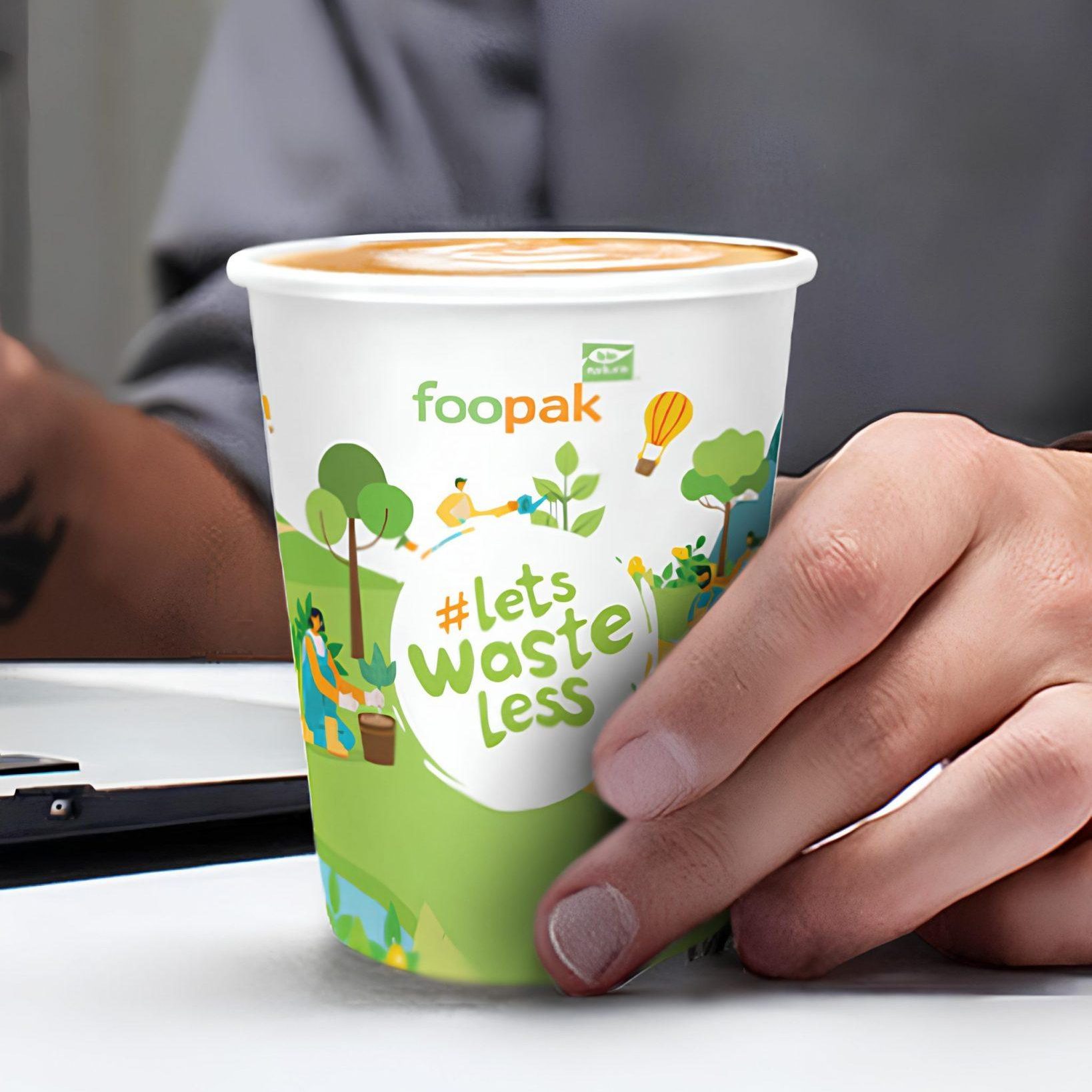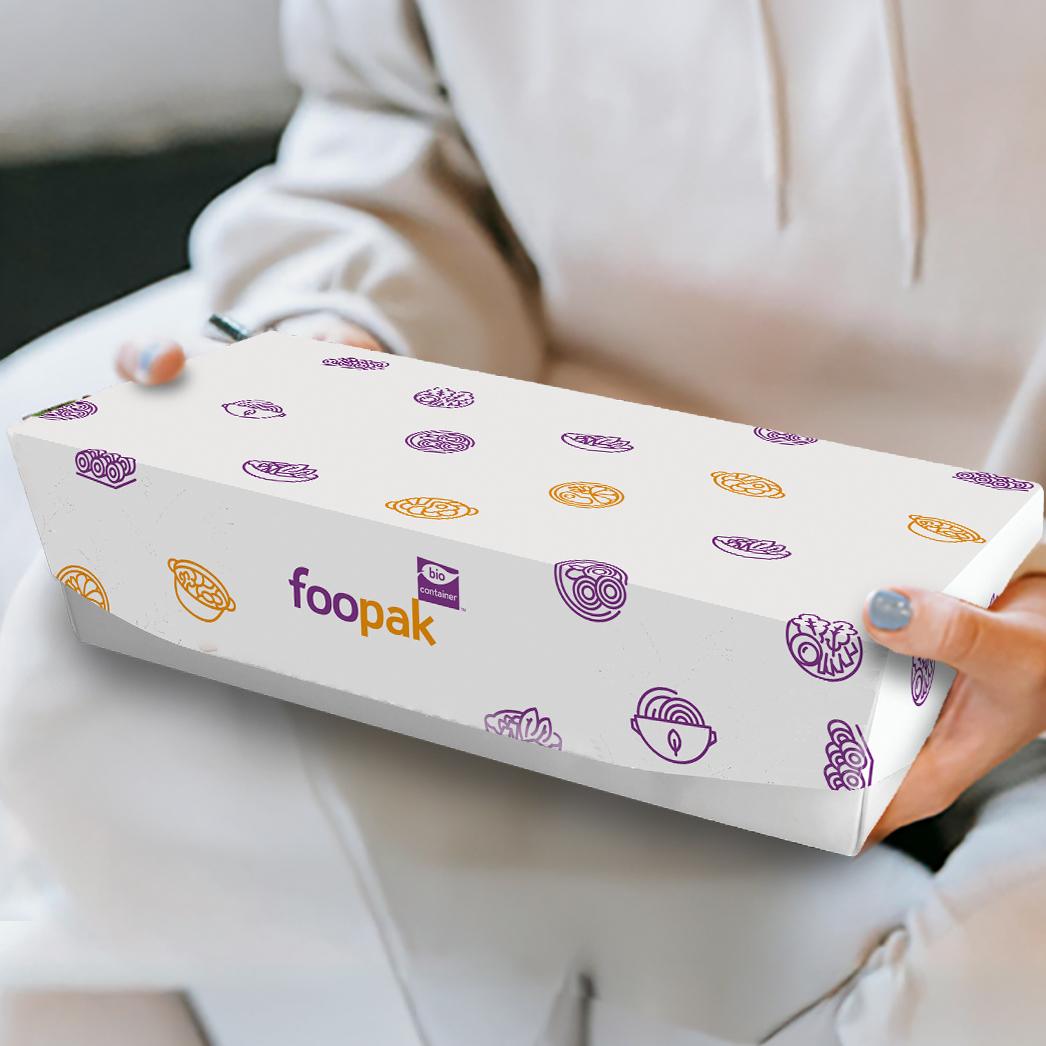The PPWR legislation represents a significant regulatory shift for manufacturers, importers, and brand owners, particularly those utilizing plastic or multi-material packaging, by introducing more stringent requirements for recyclability, reuse, and waste reduction. The following section provides a closer look at the core elements of the PPWR and what they mean for affected industries.
What is the Meaning of PPWR?
The Packaging and Packaging Waste Regulation (PPWR) is a major legislative initiative by the European Union to reduce the environmental impact of packaging and support the transition to a circular economy. It sets out stricter requirements for packaging design, recyclability, reuse, and the use of recycled content, with a key objective that all packaging placed on the EU market must be recyclable by 2030.
The regulation officially entered into force on 11 February 2025, followed by an 18-month transition period. Its main provisions will become fully applicable from 12 August 2026, giving businesses time to align with the new regulatory requirements.
Read More: Discover the Truth: Can All Paper Cups Actually Be Recycled?
Is it PPWR or PPWD?
PPWR legislation replaces the earlier Packaging and Packaging Waste Directive (PPWD) to create a unified legal framework across the EU. While the PPWD allowed member states to interpret and implement rules differently, the PPWR is directly applicable and ensures consistent requirements throughout the EU market.
PPWR introduces stricter and more specific measures, including mandatory recyclability by 2030, binding reuse targets, and recycled content requirements for plastic packaging. It also addresses issues like over-packaging and introduces harmonized labeling to support better waste sorting and recycling.
Who does PPWR Legislation Apply to?
The PPWR legislation applies to any company involved in the packaging supply chain that places packaged products on the EU market. This includes both EU-based businesses and non-EU companies that export packaged goods into the EU.
Entities affected include:
- Manufacturers producing packaging materials or packaged goods
- Importers and distributors bringing packaged products into the EU
- E-commerce companies, including those based outside the EU
- Retailers and brand owners using packaging for products sold in the EU
- Packaging designers and suppliers involved in creating packaging formats
Read More: Are Renewable Materials the Key to Reducing Environmental Impact?
Is Plastic Banned in PPWR?
Plastic is not entirely banned under PPWR, but its use is significantly restricted and regulated.
1. Certain single-use plastic formats are banned, such as:
- Mini toiletry bottles in hotels
- Plastic packaging for fresh produce under 1.5 kg
- Disposable plastic packaging for dine-in food services
2. All plastic packaging must be recyclable by 2030, following EU recyclability criteria
3. Mandatory recycled content targets apply to some plastic packaging types
4. Reuse targets are introduced for sectors such as e-commerce and food delivery, aimed at reducing reliance on single-use plastic.
Foopak, Working Towards Meeting the PPWR

Foopak enables businesses to align with the EU Packaging and Packaging Waste Regulation (PPWR) through high-performance, fibre-based packaging solutions that meet key regulatory requirements. Its paperboard product portfolio supports the transition away from restricted materials such as plastic and multi-material formats.
By offering mono-material packaging designed for recyclability and source reduction, Foopak helps brands relate to circularity, reuse, and waste minimization. This positions Foopak as a strategic partner for companies seeking compliant, sustainable packaging solutions in the EU market.


